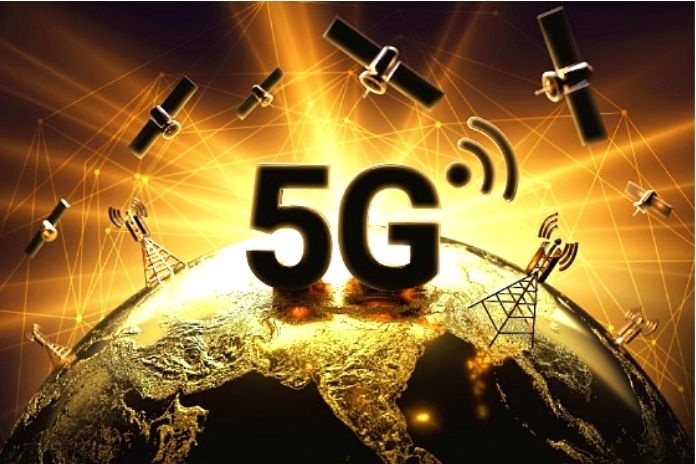5G is already on everyone’s lips as the future of mobile communications. The licenses will soon be auctioned off to the providers. We clarify what 5G is, what it can do and what we can even use it for.
What Is 5G
5G is the successor to the 4G (LTE) mobile communications standard introduced eight years ago. It is the 5th generation of cellular communication, hence the abbreviation “5G”. 5G should be launched in 2020.
What Does 5G Do?
5G should become significantly more potent than anything that has come before. If the current 4G standard (LTE Advanced) allows a data rate of up to 1 Gbit / s, 5G should offer up to 20 Gbit / s and a latency of less than 1 millisecond. Higher frequency ranges are used, higher data throughput and increased frequency capacity are also part of the characteristics of 5G. In addition, real-time transmission is made possible because 100 billion mobile devices worldwide can be addressed simultaneously with 5G. In addition, there is a 90% reduction in energy consumption and the compatibility of machines and apparatus, for example for applications in the Internet of Things (IoT).
What Is 5G Used For?
Of course, whether it will find users who need 20 times the data rate is questionable at first. So is 5G oversized and not necessary at all?
If you look at the history of cellular communications, you look at the Internet. You can see that with the higher capacity of the technology, more forms of application became possible that also required this capacity. And with these forms of application, users also needed ever higher data rates. In 2004 we managed to get by with 0.384 Mbit / s under UMTS, which would be unreasonable today, but 5 years later, we were already happy about 42 Mbit / s. Currently, up to 1 Gbit / s is possible with 4G (LTE Advanced) in the mobile network. The question of whether higher data rates are essential is against the background of mobile TV in 4K, high-resolution video telephony, and much more. Probably obsolete. In perspective, we will be happy about higher data rates until the planned start of 5G 2020: After all, more and more smartphones are getting Ultra HD cameras, and video companies are already designing 8K.
In principle, however, 5G was not intended for this either: While the previous mobile communications standards UMTS, HSPA, and LTE were designed for data and telephony, 5G provides for the establishment of a universal network in which devices can communicate with each other – keyword M2M communication (machine to machine) Communication). 5G is intended to create the basis for a comprehensive Internet of Things (IoT) in which our technology in the environment and beyond can communicate with everything and everyone.
Benefits Of 5G
The advantages of 5G are obvious: Higher data rates and low latency lead to an unprecedented high-performance network in which billions of devices can communicate with each other simultaneously. If the user is happy about this higher performance, 5G paves the way for a comprehensive Internet of Things in which everything is networked.
Disadvantages Of 5G
5G offers many possibilities, but it doesn’t come for free. The new mobile communications standard presents providers with significant challenges, high investment costs, and complex expansion. The billions that have to be spent on buying 5G frequencies are only a tiny part of these challenges.
Cellular radio stations are connected to the provider network with fiber optic cables or via directional radio networks. A high-performance connection is a prerequisite for the data rates offered by 5G. In many cases, expansion or retrofitting will be necessary. Due to the high-frequency ranges of over six gigahertz, a much denser network is also required, which means that a significantly higher number of radio cells must be installed in an area. These are all investments that, of course, also have to pay off for the network operators, so it is likely that these costs will be passed on to the users’ tariffs and that these will become disproportionately more expensive.
Conclusion On 5G
5G is coming – especially in IoT, the new generation of mobile communications offers enormous potential for industry and business. But the development is still in its infancy. It remains to be seen whether we can already expect this in 2 years, as announced. Nevertheless, setting the course is essential for our digital future. Particularly against the paralyzing broadband expansion background, we can only look forward to so much urge to innovate.
Also Read: 5G -The Opportunities Of The New Mobile Radio Technology

